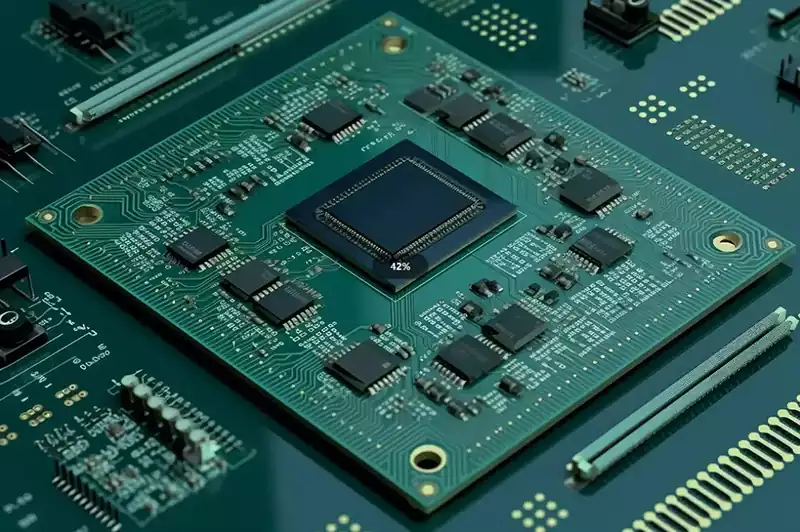PCB manufacturing capability refers to the comprehensive capacity to evaluate, monitor, and ensure the stability of key performance indicators throughout the PCB production process. These core metrics encompass every stage from material selection and design standards to manufacturing processes and final quality inspection. The strength of PCB manufacturing capability directly determines the quality and reliability of the end product.
Material selection is a critical phase in PCB manufacturing. The choice of PCB materials must be determined based on specific design requirements and application scenarios. Common PCB materials include FR-4 fibreglass laminates, polyimide (PI) boards, copper-clad laminates (CCL), and metal substrates. Each material possesses distinct characteristics, necessitating assurance that the selected material meets design and quality standards throughout the manufacturing process.
PCB design specifications constitute one of the core elements for evaluating PCB manufacturing capability. They encompass critical factors such as the board’s layer structure, conductor width and spacing, pad dimensions, and component layout. To guarantee process control and stability, design specifications must align with actual PCB manufacturing processes. The quality of design specifications directly impacts the process performance of the PCB and the final product’s functionality.
The core of PCB manufacturing capability lies in its processing technologies. This encompasses a series of processes, such as material preparation, board forming, punching, cutting, lamination, drilling, and plating. The capability requirements for processing technologies ensure their precision and stability. This guarantees the accuracy, reliability, and durability of the final circuit boards.
Quality control represents a vital component within PCB manufacturing capability. It involves the measurement, analysis, and monitoring of various PCB metrics. Process capability requirements necessitate the effectiveness and stability of quality control. Common quality control indicators include PCB dimensional tolerances, line width and spacing tolerances, PCB thickness tolerances, and surface flatness.
To address these requirements, process capability assessment serves as one method for evaluating manufacturing capability. This assessment determines process stability and controllability through statistical analysis of process data. Common evaluation methods include the process capability index (Cpk), process performance index (Ppk), and process cross-performance index (Pp/Ppk).

China’s PCB industry is advancing towards high precision and high density, with technological innovation as its core driving force.
Directions for Technological Innovation
High-Density Interconnect (HDI) Technology: HDI represents a pivotal development direction for the PCB industry, enabling greater connection density within compact spaces to enhance overall circuit performance and efficiency.
Material Innovation: Future development will focus on domestic production of advanced materials, such as ABF films and low-loss dielectrics, to elevate product performance. Glass fibre-epoxy composites like FR-4 and High Tg FR-4 remain mainstream, though high-performance novel materials such as polyimide resin, polytetrafluoroethylene resin, bis-maleimide modified triazine resin, and polyphenylene oxide resin are under development.
High-Precision Machining Technology: Achieving breakthroughs in high-precision machining techniques, such as line widths ≤20μm, represents a key future development priority.
Miniaturisation, Lightweighting, and Multifunctionality: Driven by advances in next-generation information technology, the PCB industry is evolving towards miniaturisation, lightweighting, multifunctionality, and high-speed/high-frequency capabilities.
Component Embedding Technology: Embedding chips within PCBs enhances power efficiency in AI devices, conserves space, extends battery life, and supports high-speed data processing capabilities, proving particularly beneficial for wearable technology.
Rise of Flexible Printed Circuits (FPC): FPCs, owing to their bendable nature, are seeing increasingly widespread application in wearable devices, medical equipment, and other fields.
Smart Manufacturing: Automation and digital transformation represent an inevitable trajectory for single-sided PCB production. This includes the adoption of automated optical inspection (AOI), intelligent warehousing and logistics systems, and the widespread implementation of digital factory management systems (MES), all of which will enhance production efficiency and yield rates. Artificial intelligence technologies are also anticipated to play a role in areas such as process parameter optimisation and defect detection.
